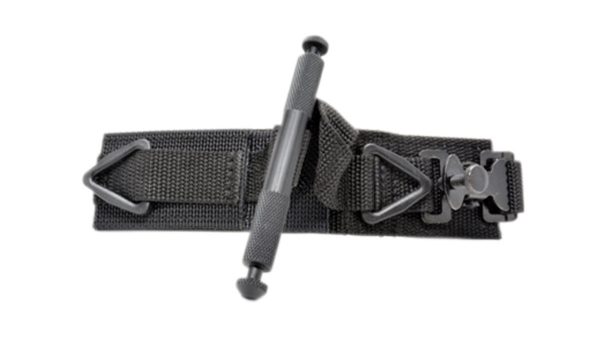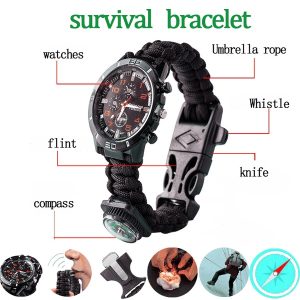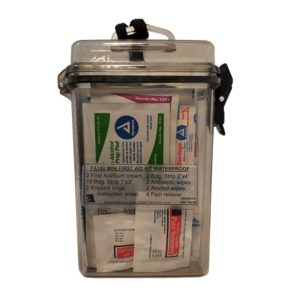A tourniquet is a medical device that is used to restrict blood flow to a specific area of the body. Here are some key points to describe how a tourniquet works:
- A tourniquet is typically a wide band or strap that is applied tightly around a limb, such as an arm or leg, above the site of injury or bleeding.
- The pressure from the tourniquet helps to compress the blood vessels and stop the flow of blood to the affected area.
- By restricting blood flow, a tourniquet can help to prevent excessive blood loss and potentially save a person’s life in emergency situations.
- Tourniquets are most commonly used in cases of severe trauma, such as combat injuries or serious accidents, where rapid blood loss can be life-threatening.
- Tourniquets can also be used in surgical procedures to temporarily block blood flow to a specific area of the body.
- It is important to use a tourniquet correctly and not leave it in place for too long, as prolonged restriction of blood flow can cause tissue damage or even loss of the limb.
- When using a tourniquet, it is important to monitor the patient’s condition closely and seek medical attention as soon as possible.
Overall, a tourniquet is a powerful tool for preventing life-threatening blood loss in emergency situations, but it should be used with caution and under the guidance of a trained medical professional.






